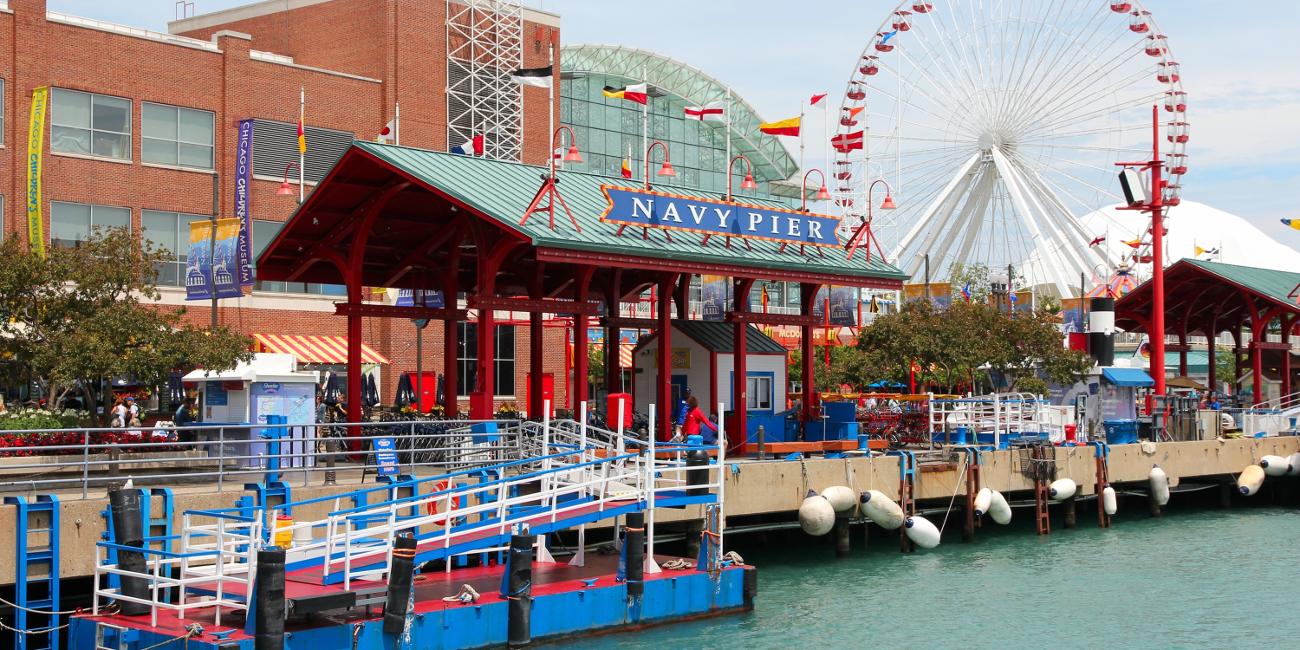Michael Parks, Sandia National Laboratories
Petronela Radu, University of Nebraska-Lincoln
Animesh Biswas, University of Nebraska-Lincoln
Nonlocal models have drawn increasing interest from scientific and engineering communities due to their ability to represent physical processes which are not well described by classical local theories. The nonlocal framework has proven to be especially effective in tackling discontinuous, singular, or irregular behavior encountered in many applications, and in representing low-regularity (possibly, discontinuous) solutions. For example, in solid mechanics, peridynamic models have been proposed to model material failure and damage since they can naturally represent crack nucleation and growth, unlike classical continuum mechanics models. Fractional PDEs have proven useful in modeling flow in heterogenous porous media. Nonlocal models possess length scales, which motivates their use as multiscale models in capturing microstucture influence on the macroscopic behavior of materials. Although there have been many recent advancements in the understanding of nonlocal models, there remains much to be explored. The minisymposium will explore applied mathematics and computation for nonlocal models, with a focus on exploring the emerging role of physics-informed machine learning for such models.




